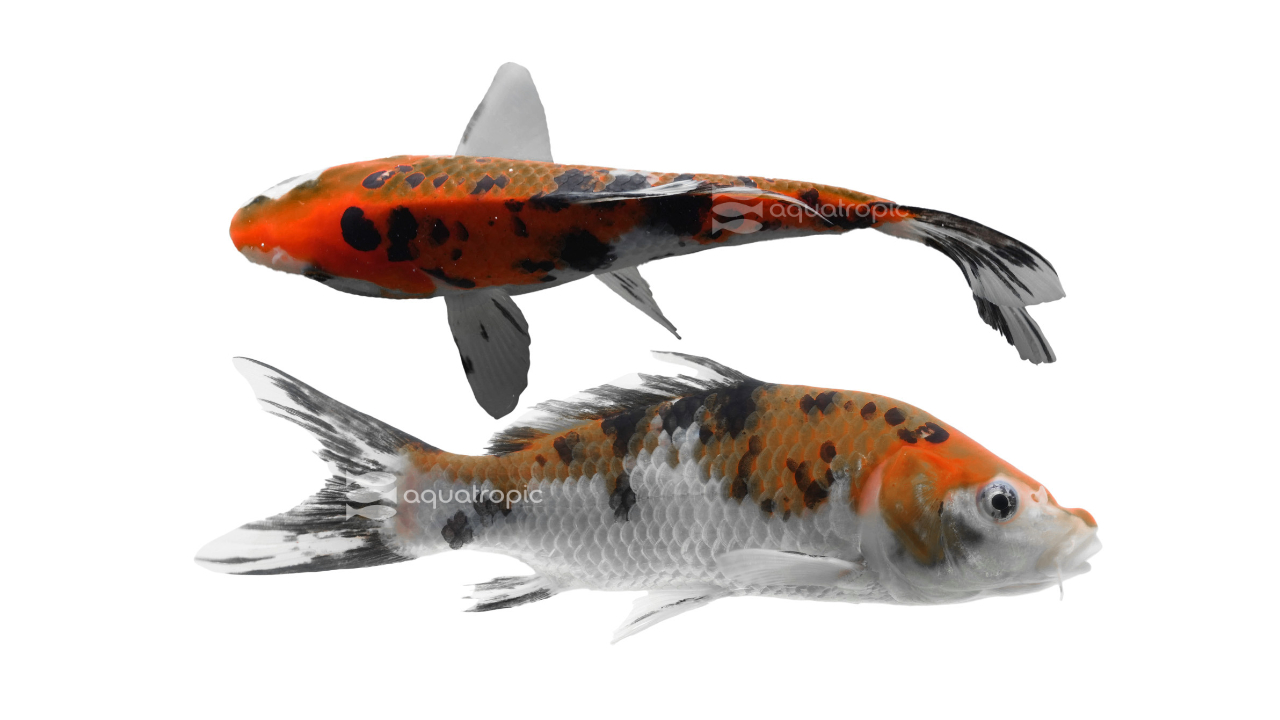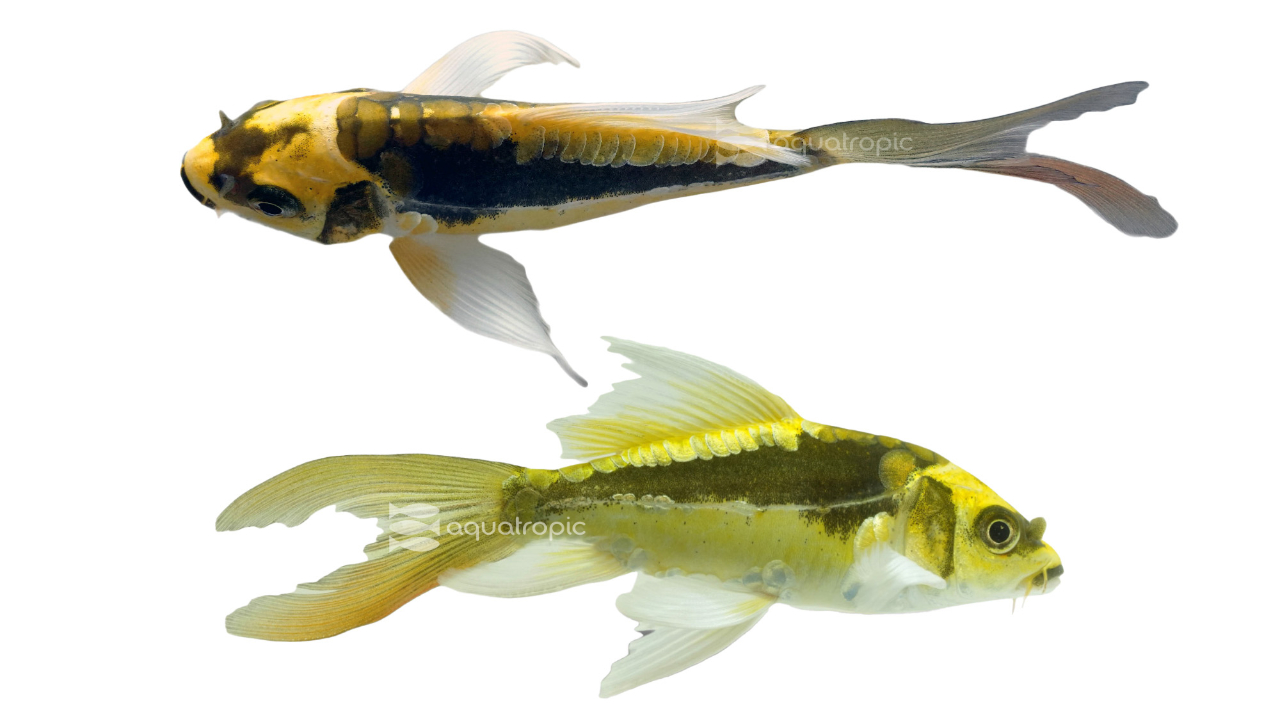Keeping Koi Cool

All plants and animals live within specific conditions and regardless of their habitat, temperature is one of the most important ones. In aquatic environments, temperature parameters are even more important, as our fishy friends are cold blooded and fully subject to their environment to control their ability to breathe and process food. With the height of summer upon us, it's time to talk about some hot weather considerations for your Koi ponds.
Koi prefer naturally cool conditions, living their best life in the 60-70 degree Fahrenheit range, they can live in water up into the upper 70's and perhaps even into the high 80s for short periods with help, but we should do everything we can to help maintain temperatures as close to their preferred range as possible for their general health. So what happens for those of us in warm weather environments in the height of summer when it gets much warmer than this outside?
The best time to address heat related challenges is before you have them. There are a few places in the US where temperatures can average more than 80 degrees a day (average - day and night), like south Florida, south Texas and quite a bit of the southwest. In these locations, you may want to consider keeping different fish in your ponds. Things like Peacock Bass, Pacus and Arowanas love warmer temperatures and make amazing pond fish for a myriad of reasons, just make sure whatever you choose to put in your pond (both plants and / or fish) are allowed in your state.
If you live somewhere where you know you'll have extended periods of the year above 70 degrees (again on average day and night), you'll have to plan your pond carefully. The first thing to consider is shade. You won't want to place your pond somewhere that gets direct sunlight for an extended period of time, shade against mid-day and afternoon sunlight is the best way to keep your pond from cooking.

The next most important consideration in planning phase for warm environments is to make your pond more than two feet deep. Shallow ponds allow sunlight to penetrate through them, warming the water and the earth beneath, turning your pond into a bath. The whole thing doesn't need to be 3 feet deep, but a large portion of it should be that or more. Another aspect of having deeper ponds is that there is more water in them, and the more water volume you have, the more resistant to temperature change your pond will be.
For those of you whose ponds are already in the ground, and you have concerns about them temperature wise, there are a few steps you can take to help keep your temps in a reasonable range. First and foremost (again) is shade. Shade in established ponds can be accomplished in a few ways. One thing people don't think about is that the water can be shaded by things in the water. Aquatic plants with large surface leaves create cover for fish, and resting places for frogs, but also offer excellent shade to the water underneath them. Consider planting things like Water Lillies, Hyacinth, Parrots Feather and Lotus can all be attractive, shade producing plants for your ponds. Some of these plants can be invasive if they get out of your pond, so make sure they are allowed and safe for use where you are before purchasing them.
For the outdoor aquarists with smaller ponds, plants are still a good option, but in addition, you can also add shade outside the pond by putting up shade umbrellas, shade sails or even pergolas. Obviously, this will be dependent on a few factors like size of pergola / pond, where can stakes go, winds in your locale etc. If you have an area to plant, and are looking into a warm future summer, you can always plant shade plants near or around your existing pond.
Lastly, some people recommend dying your pond to reduce sunlight penetration. We have found this to both hurt the aesthetic be mostly ineffective at temp control. It is however a good way to reduce predation in your ponds, but that's another article.
As temperatures rise in your area, oxygenation becomes more important. Warmer water holds less oxygen than colder water does (a result of something called Boyle's Law). So as your pond warms up, your Koi will need more oxygen forced into the water than when the water is cooler. Further compounding this effect is the fact that warmer water and increased sunlight will also fuel algal growth. In the sunlight, these algae will produce more oxygen through photosynthesis, but when night comes, they will actually consume oxygen. Forced oxygenation can also help cool your pond through evaporative cooling. Good ways to do this are with water features like water falls or fountains, pumps, jets and air stones. Do a search with the term “pond aeration” and you'll come up with a myriad of products to help you force air into your display. Moving water is what you want to see; a stagnant pond will heat quickly.

Last on this list is to make sure your pond is clean. Things like excess food, dying plant matter, leaves and other detritus in the pond will start to decompose, chewing up valuable oxygen. Pay a little extra attention to skimming stuff out and make sure you aren't overfeeding. Water changes also fit into this arena and are useful in multiple ways. Replacing dirty water with clean water helps decrease the amount of decaying matter chewing up oxygen (something called biological oxygen demand or BOD). In addition, removing warm water and replacing it with cool water has impact on the total temperature in the pond as long as your water source is cooler than the pond. Ramping up your water changes, both in percentage replaced and frequency, can be a very useful tool for maintaining pond temps and fish health in the summer months.
We hope this helps you get through the summer temperature blasts with your KOI pond. Careful planning and preparation will get the vast majority of us in the US through the warmer months where extended heat spikes might be a concern. So, get outside, watch your pond temps, keep it clean and shaded and don't forget to always ask for koi from Aquatropic!